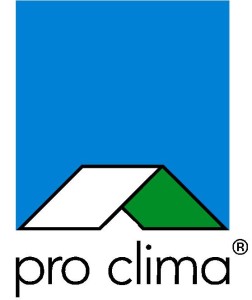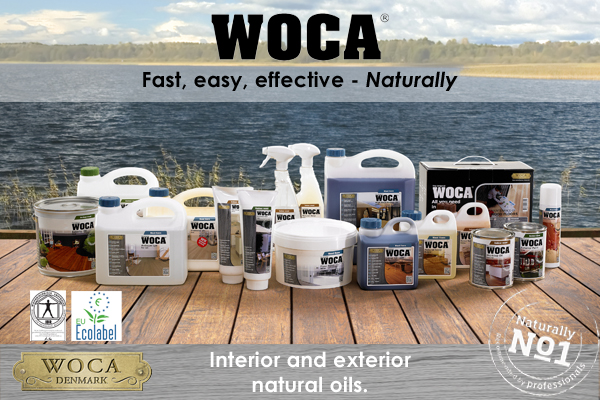Podcast: Play in new window | Download | Embed
When you’re designing a new home, or getting one built, you should invest as much as you can to upgrade the thermal envelope. Put in as much insulation as you can, and invest in the best windows you can afford.
In this episode, I walk through the minimum requirements of the New Zealand building code in relation to insulation, and recommend how to go beyond this bare minimum.
The Building Code is not a Target
The building code is not a target. It represents the worst house you’re legally allowed to build.
The New Zealand Building Code defines three climate zones, but for the sake of insulation, there are really only two distinctions as zones 1 and 2 get lumped together. For a standard timber or steel framed house, you need at least:
- R 2.9 or 3.3 in the ceiling (North Island and South Island respectively)
- R 1.0 or 2.0 in the walls (North Island South Island respectively)
- R 1.3 in the floor (1.9 for a ‘heated’ floor)
- R 0.26 windows
A solid construction house (for example solid timber walls or solid concrete), can get away with even less, according to the code.

Key Points about Better Insulation
- The figures shown are the construction R value, not the material R value. If you buy insulation segments that have an R value of 2.0, when you install this between the timber framing of a wall, the resulting construction R value may be slightly less because of the combined area of timber. Tools such as Design Navigator can be used to calculate the effective R value when using a particularly product in a particular construction.
- Reduce complexity. Complicated designs lead to geometric thermal bridging. The simpler the design, the easier it is to get a good result. This doesn’t mean your house to be boring.
- Avoid unnecessary holes. This is easier now with a great range of ICF rated LED downlights on the market. These are sealed and can be safely covered with insulation. Avoid CA rated (or non rated) as these need much more clearance.
- More is better. In general, invest in as much as you can, but seen note 5.
- Don’t compress. Only use material that has a nominal thickness of the space it’s going into. You might assume that an R 3.6 material would be great inside your wall. It would, providing your wall is thick enough. Insulation relies on loft to trap air. If it’s compressed it won’t perform nearly as well. There are plenty of options out there, so look around.

A Word about Windows
The R value stated for windows relates to the combined R value of the glass and the frame. At just 0.26, it’s clear that windows are effectively a hole in your thermal envelope. They’re almost ten times as effective at transferring heat than the surrounding wall.
A double glazed glass unit sitting inside a standard aluminium frame will generally (and coincidently) have an R value of 0.26. Add a low E coating and argon gas will help slightly, but you’ve still got you nice double glazed unit being held in place by a really good conductor of heat. To avoid this, use thermally broken frames as a minimum. I recommend considering timber or even uPVC.

Do it Once. Do it Right.
Insulation and windows are not something you’re going to want to have to replace or upgrade. I know they’re not the sexiest part of a new home, but they are the fundamentals of what will ensure a comfortable, healthy home. I always suggest to clients that they consider saving on other aspects of their home that can be easily upgraded later down the track and put as much of your budget as possible towards the best quality envelop you can possibly afford.
Get Advice
If you’d like help selecting the best option for any part of your home, why not get in touch

Leave a Reply